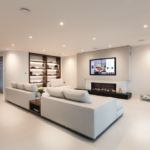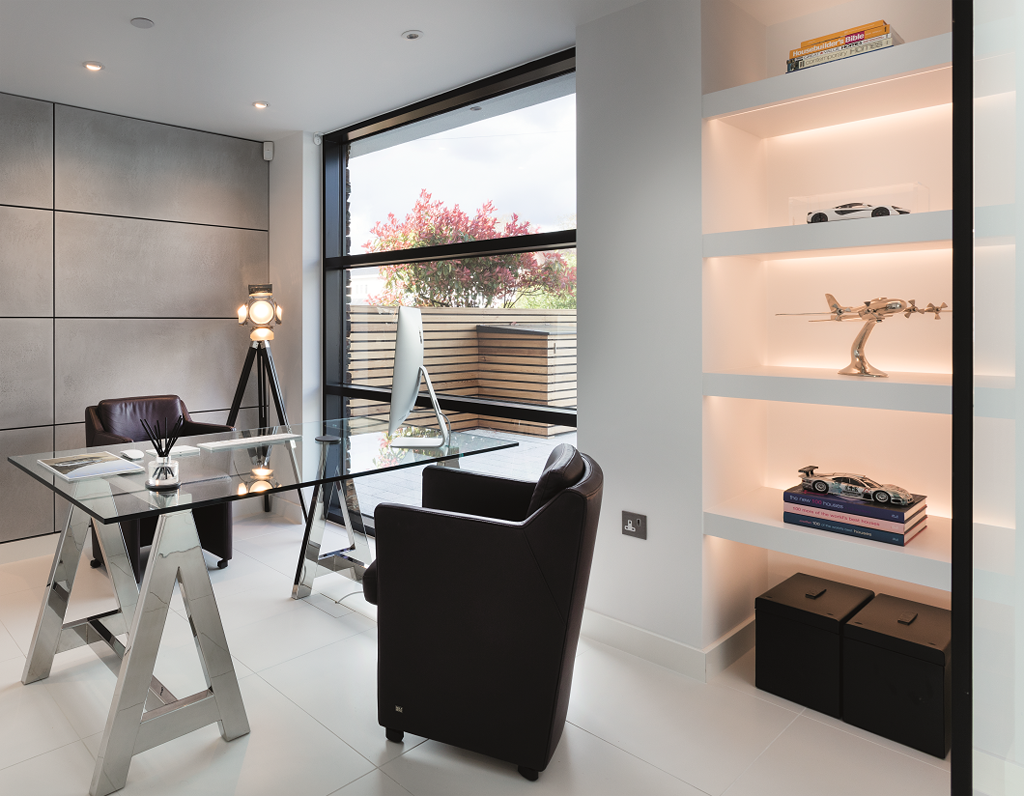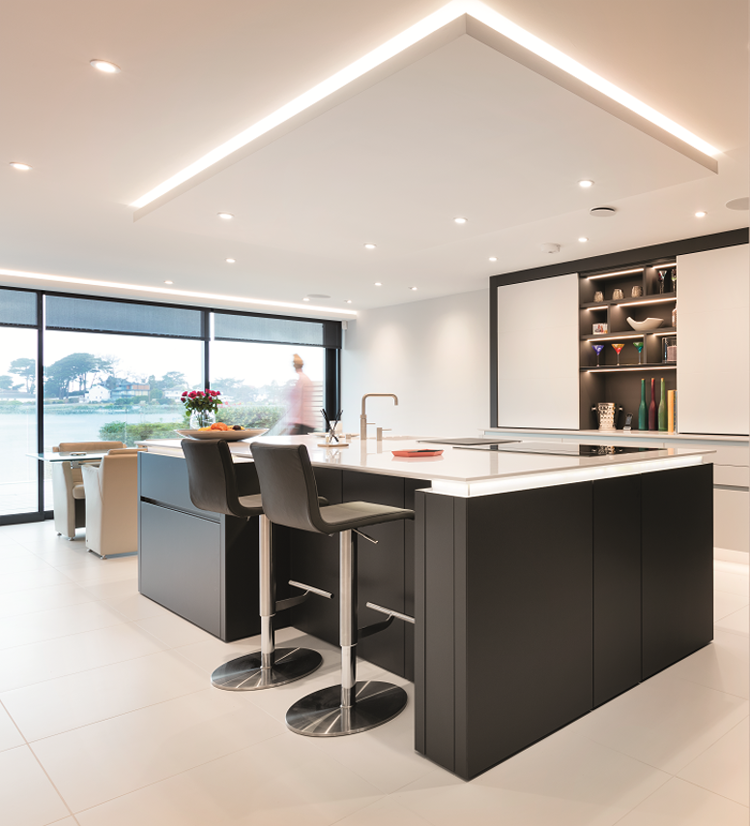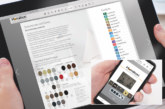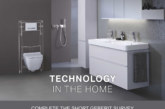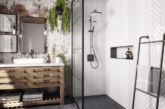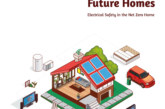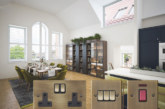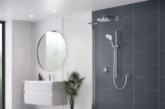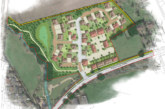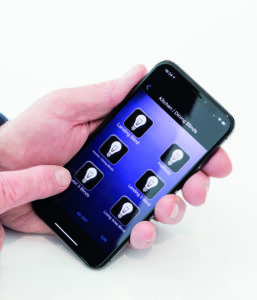 There is little doubt that future homes will feature greater levels of control and functionality. Gavin Williams from Hamilton Litestat outlines the ways housebuilders can bring the technology of today, and tomorrow, into new homes.
There is little doubt that future homes will feature greater levels of control and functionality. Gavin Williams from Hamilton Litestat outlines the ways housebuilders can bring the technology of today, and tomorrow, into new homes.
As technology improves at a rapid rate, homes are becoming increasingly sophisticated. The high-end functionality experienced by many in hotel suites is filtering through to our everyday living spaces. These technological developments, spanning lighting and audio in particular, will help homes adapt to our modern-day lifestyles, becoming more personalised, flexible and usable, while supporting general comfort and wellbeing.
Within the home, advances in smart lighting control technology are helping us to make better use of popular open-plan living spaces. The kitchen/diner/living area is hugely sought after as it allows occupants to spend more time together while undertaking their individual tasks, such as cooking, watching TV or working at home. However, the lighting required to complete these tasks – as well as others demanded of the space – is vastly different.
In the zone
A key consideration during the design and development stages of a property is lighting control, which can help ‘zone’ spaces within these multi-functional areas and provide flexibility for any task. Rather than the usual on/off binary experience, these solutions are capable of much more complex lighting schemes that can be easily created, stored and recalled. So, someone can be cooking with the help of bright lighting, while others could be in a dimmed area watching TV.
The creation and programming of lighting scenes can be straightforward with the right product. Hamilton has developed its simple-to-use lighting control solution to do just this. Once set, the recalling of these lighting scenes is as easy as the touch of a button or control pad. Stylish solutions can be coordinated with designer switch plates and sockets throughout the home, including multi-functional plates that include the now essential USB charging ports.
Moreover, in today’s connected world, lighting can also be controlled on a smart device via the Hamilton App, which can provide control from anywhere in the world where it’s possible to get an internet connection. This is must-have functionality for today.
As well as task lighting, Hamilton’s smart control solution can incorporate mood – and architecture – enhancing lighting. Key features of the room can be accentuated with DMX lighting control, which applies either a red, green or blue colourwash to the area. Additionally, to enhance the ambience and comfort within a room, RGBWW can be used. This ‘warm white’ light is a better performing and more cost-effective way of incorporating this sought-after light, as LEDs typically have a bright white output.
Wellbeing boost
In addition to managing artificial light, smart controls will also help balance natural light, which is known to boost wellbeing. Blind or shade control can be incorporated to automatically open and close at certain times of the day, either increasing natural light or keeping out dazzling light, as well as regulating heat. Today’s trend for floor-to-ceiling glazing, along with roof lights and lanterns, makes this highly functional technology particularly appealing.
What’s more, lighting control can help with the security of a home. Hamilton offers a solution that records lighting control habits over a specific time period and enables playback of this when the homeowners are away to simulate occupancy.
Listen up
Music is another key feature of the home that can benefit from smart controls. Gone are the days when audio was only available in one room from a cumbersome hi-fi system. Music can now be streamed from many devices to multiple wireless speakers around the home; the ability to do this is now expected by the younger generations. This is an area where Hamilton will be expanding in the very near future, supporting our existing smart audio solutions.
Smart controls are set to make homes more personalised and more comfortable now and in the future with just the touch of a button, control pad or swipe of a finger on a smart device.

